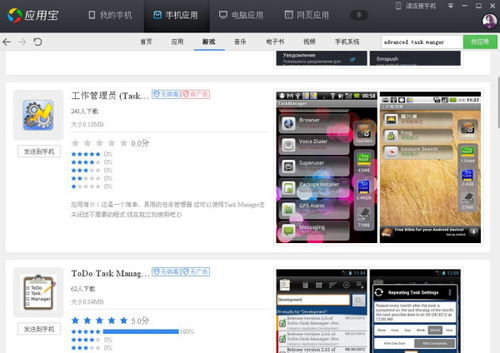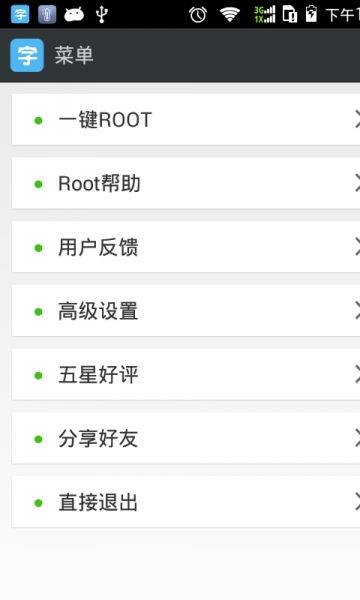
安卓系统主要英文,Introduction to Android: The Leading Mobile Operating System
时间:2024-12-17 来源:网络 人气:
Introduction to Android: The Leading Mobile Operating System

Android, developed by Google, is the most widely used mobile operating system in the world. Since its inception in 2008, Android has revolutionized the smartphone industry, offering a customizable and versatile platform for developers and users alike. This article delves into the key aspects of Android, its history, features, and its impact on the mobile ecosystem.
History of Android

Android was first announced in November 2007, with the first commercial device, the HTC Dream (G1), being released in September 2008. The operating system was developed in collaboration with a group of hardware, software, and carrier companies, with Google leading the project. The initial version, Android 1.0, was based on a modified version of Linux kernel 2.6.27.
Android's Open Source Nature

One of the defining characteristics of Android is its open-source nature. This means that the source code is freely available to anyone, allowing developers to modify and distribute the software. This has led to a diverse ecosystem of devices, manufacturers, and applications, fostering innovation and competition in the mobile market.
Key Features of Android

Android offers a wide range of features that make it a popular choice for both users and developers. Some of the key features include:
Customizable User Interface
Android allows users to customize their device's interface with various launchers, themes, and widgets. This flexibility is one of the reasons why Android devices cater to a wide range of user preferences.
App Ecosystem
The Google Play Store is the largest app marketplace in the world, offering millions of applications for Android users. This vast selection of apps covers everything from productivity tools to entertainment and gaming.
Multi-Tasking
Android supports multi-tasking, allowing users to run multiple applications simultaneously. This feature enhances the user experience by providing a seamless transition between different apps.
Hardware Compatibility
Android is designed to be compatible with a wide range of hardware configurations, from low-end budget phones to high-end flagship devices. This ensures that Android can run on various devices without compromising performance.
Security and Privacy
Android provides robust security features, including multi-factor authentication, encryption, and regular security updates. Additionally, Android offers a high degree of privacy control, allowing users to manage their data and permissions.
Android Versions and Updates

Android has gone through several versions, each bringing new features and improvements. Some of the notable versions include:
Android 1.0 - Cupcake
The first version of Android, released in September 2008, introduced basic features like a touchscreen interface, a web browser, and Google Maps.
Android 2.0 - Eclair
Android 2.0, released in October 2009, brought improvements in the user interface, multi-touch support, and a more robust app ecosystem.
Android 4.0 - Ice Cream Sandwich
Android 4.0, released in October 2011, was a significant update that unified the user interface across different devices and introduced features like Face Unlock and improved notifications.
Android 5.0 - Lollipop
Android 5.0, released in November 2014, introduced Material Design, a new visual language that improved the overall look and feel of the operating system.
Android 8.0 - Oreo
Android 8.0, released in August 2017, focused on improving battery life, security, and user experience with features like picture-in-picture and improved notifications.
Android's Impact on the Mobile Ecosystem

Android has had a profound impact on the mobile ecosystem, transforming the way we interact with our devices. Some of the key impacts include:
Increased Competition
Android's open-source nature has led to increased competition in the mobile market, with numerous manufacturers offering a wide range of devices at different price points.
Global Reach
Android's global reach is unparalleled, with devices available in almost every country. This has helped in bridging the digital divide and providing access to information and services to people worldwide.
Innovation
The diverse ecosystem of Android has fostered innovation, with developers creating new applications and services that push the boundaries of what is possible on a mobile device.
相关推荐
教程资讯
教程资讯排行













